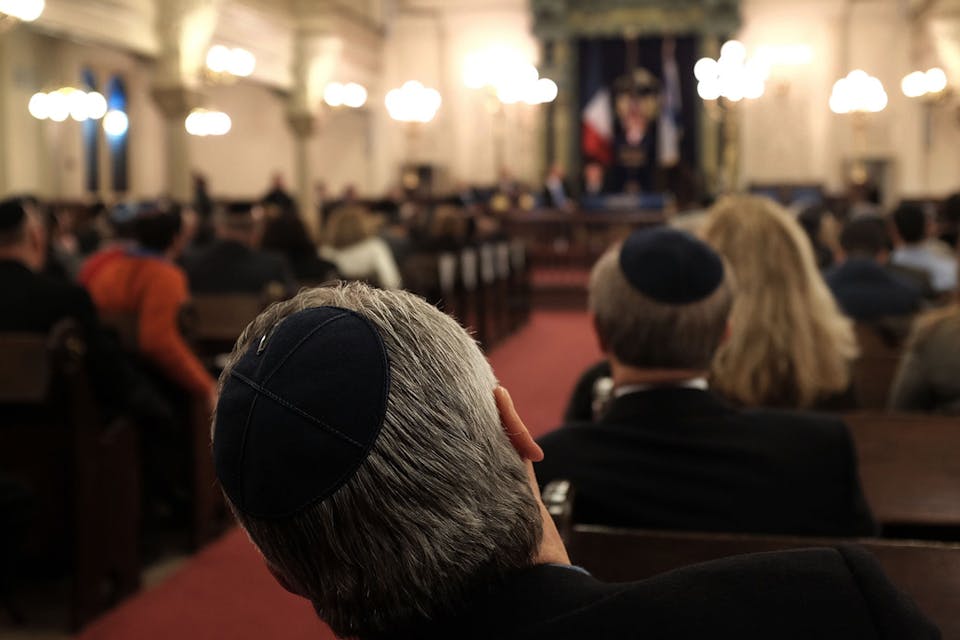
August 27, 2015
How Jews Can Help Christians Learn to Succeed as a Minority
As Christians in America lose their majority status, they can gain from the experience of a religious minority that's been here from the start.
Many thanks to Jonathan Last, Steven Menashi, Michael Helfand, and Peter Berkowitz for their exceedingly fine contributions to our discussion of religious freedom. I am particularly heartened that all four respondents to “The Rise—and Fall?—of Religious Freedom in America” more or less agree with my description of the threats facing individual adherents (at the moment, primarily Christians) who are attempting to navigate the contemporary social and moral terrain. That each has taken the opportunity to add context and depth to my analysis is itself very gratifying.
Steven Menashi notes correctly that, notwithstanding my affinity for the religious-liberty test as it existed in constitutional law prior to the 1990 Supreme Court decision in Smith, and in statutory law since the passage three years later of the federal Religious Freedom Restoration Act (RFRA), consensus on this issue is hardly of long standing. George Washington’s famous assurance, in his 1790 letter to the Jewish community of Newport—that “the government of the United States . . . gives to bigotry no sanction, to persecution no assistance”—remained largely aspirational for well over a century. In particular, the latter half of the 19th century was replete with anti-Catholic and anti-Mormon legislation. Many of those laws retain considerable relevance even today.
For one thing, the patchwork of anti-bigamy and anti-polygamy laws—almost all of which originated in a concerted war against Mormonism—is almost certain to come into focus as the debate over nontraditional families moves beyond single-sex couples into the sorts of polyamorous and polygamous relationships that Jonathan Last describes as the current focus of activists. But there is more. President Ulysses S. Grant’s 1875 speech calling for public schools “unmixed with sectarian, pagan, or atheistical dogmas” gave rise to the so-called Blaine Amendments prohibiting the flow of tax dollars to “parochial” schools: that is, practically speaking, the network of schools serving America’s then growing—and largely immigrant—Catholic communities. In recent years, the Blaine Amendments, still on the books in all but eleven states, have emerged as favorites of teacher unions and their allies who are attempting to place critical limitations on school choice and voucher programs.
Responses to August ’s Essay
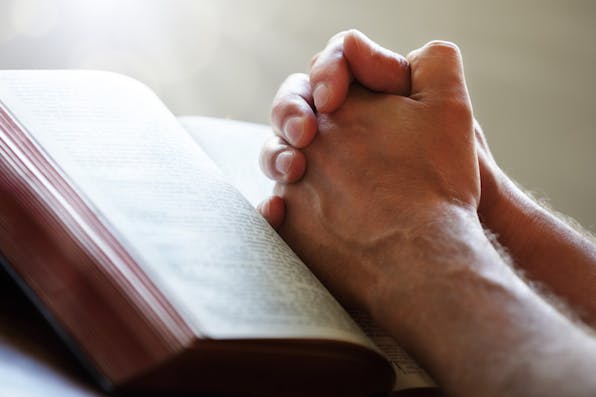
August 2015
In the Crosshairs of the Assault on Religious Liberty
By Jonathan V. Last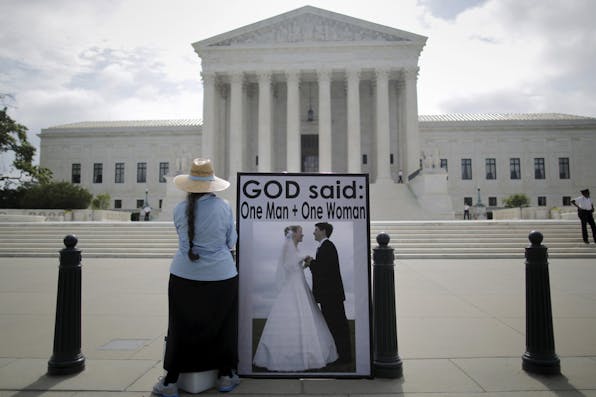
August 2015
How Great is the Threat to Religious Freedom, Really?
By Steven Menashi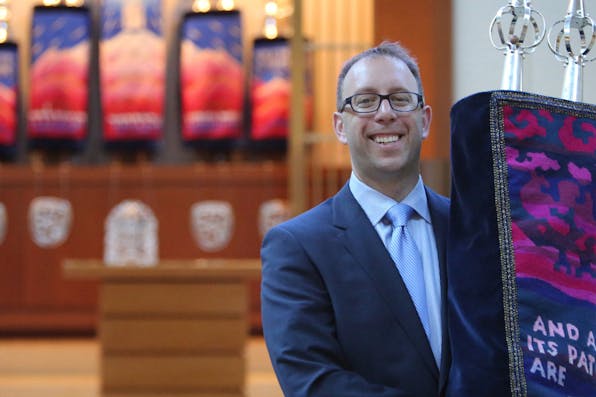
August 2015
The Price of Pluralism
By Michael A. Helfand
August 2015
The Long Rise of the Secular Faith
By Peter Berkowitz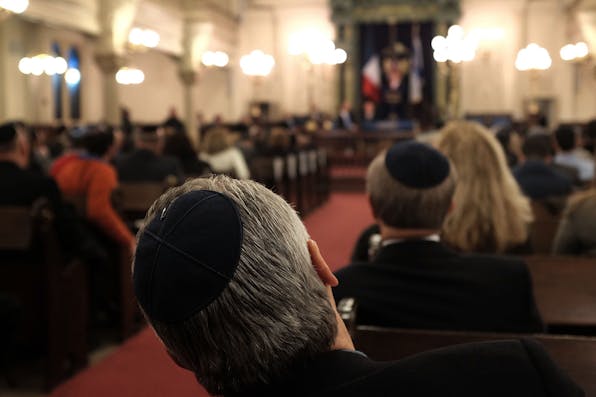
August 2015
How Jews Can Help Christians Learn to Succeed as a Minority
By Bruce Abramson